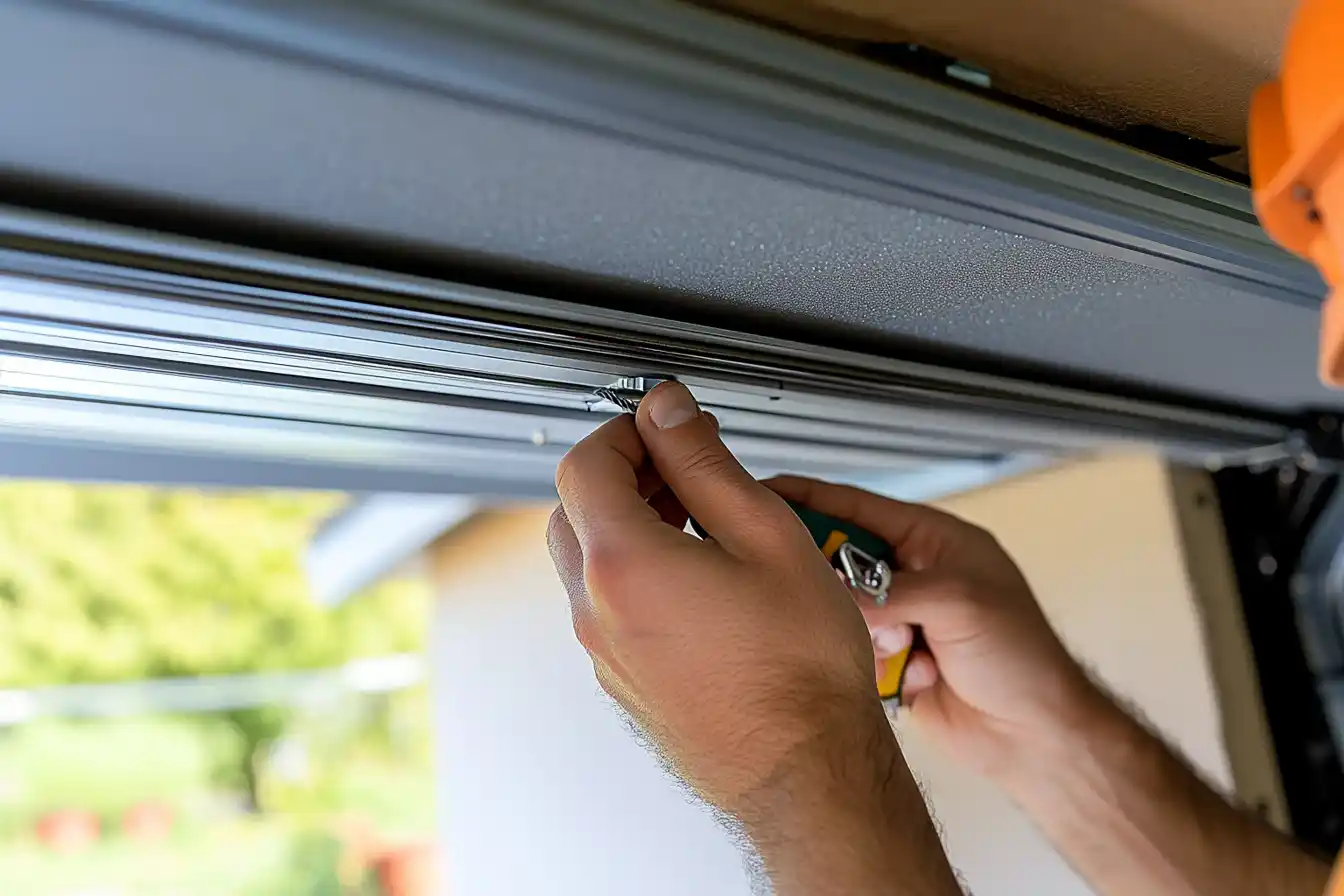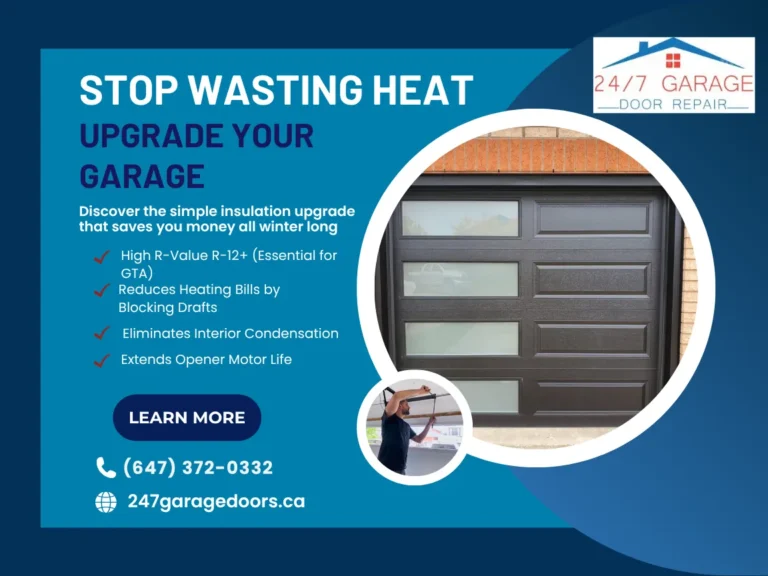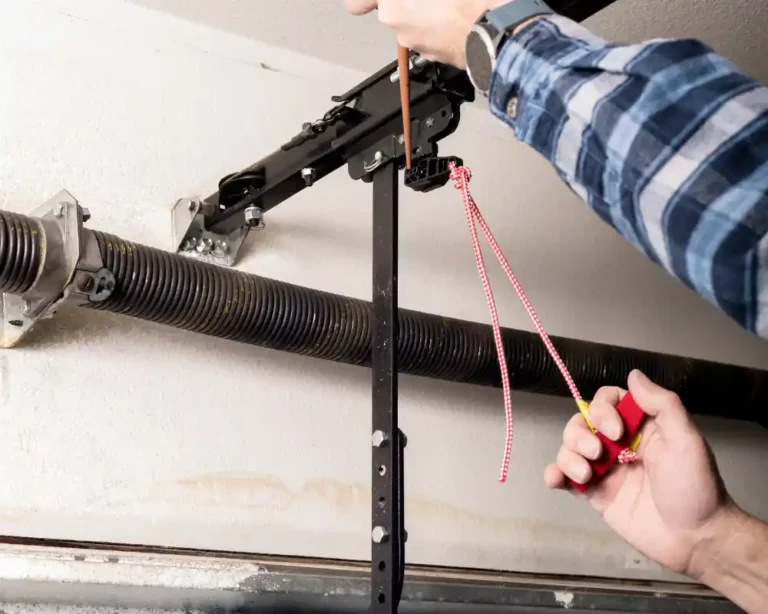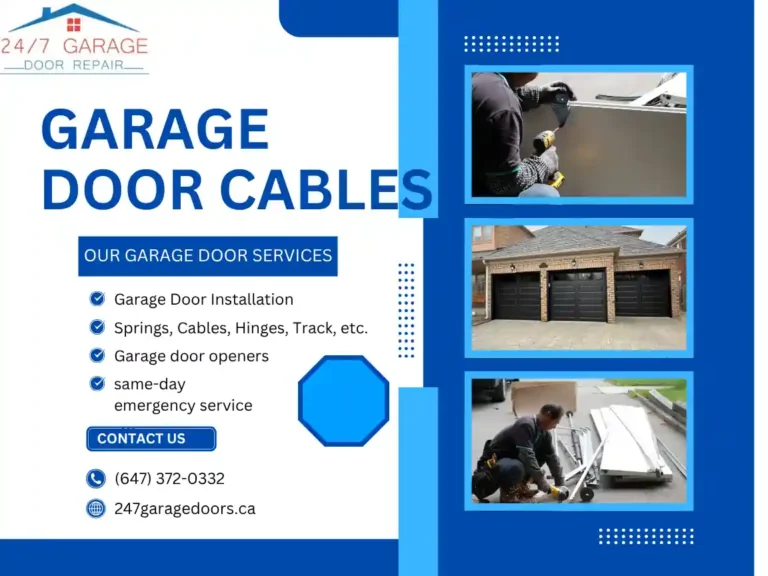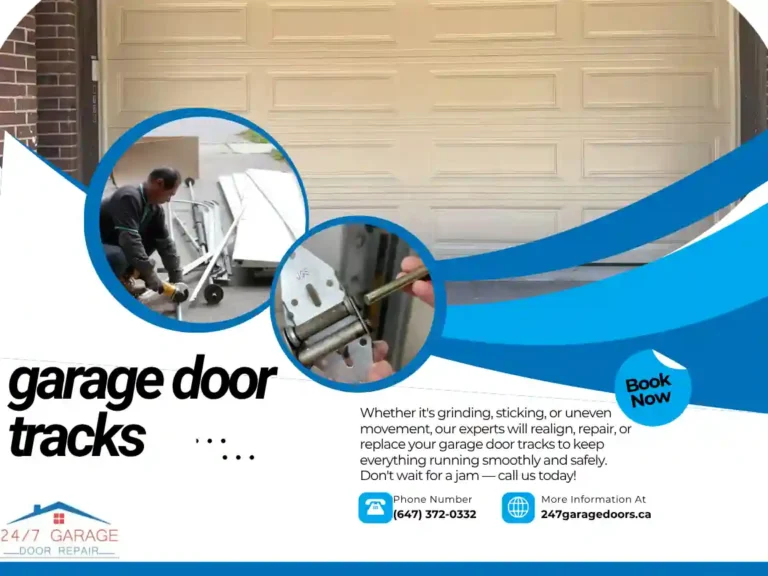If your garage door is acting up, you’re not alone. Many homeowners face issues with garage doors over time. Instead of immediately calling a professional, you can handle some repairs yourself. Here’s a detailed, easy-to-follow guide on how to repair garage door common problems, ensuring your door operates smoothly and safely.
1. Troubleshooting Common Garage Door Problems
Before diving into specific fixes, start by identifying what’s wrong. Common garage door issues include:
- No Response to Remote or Wall Switch: The door doesn’t move when pressing buttons.
- Slow or Jerky Movement: The door moves but struggles or makes unusual noises.
- Uneven Closing or Gaps: The door doesn’t seal tightly to the ground or sits unevenly.
- Strange Sounds: Grinding, squeaking, or rattling noises when opening or closing.
Begin by observing the door’s behavior and listening for any strange sounds. This can help pinpoint the problem.
2. How to Fix Garage Door That Won’t Open or Close
When your garage door doesn’t respond to the remote or wall switch, the issue might be with:
- Power Supply: Ensure the garage door opener is plugged in. Check for a tripped breaker or a blown fuse.
- Remote Control Batteries: If the door responds to the wall switch but not the remote, replace the batteries.
- Photo Eye Sensors: If the garage door begins to close but then reverses, the photo eye sensors might be misaligned. Clean them gently with a cloth and make sure they are properly aligned.
- Manual Release: If the power is out, use the manual release cord (often a red handle) to open the door manually.
3. Adjusting Garage Door Tracks and Rollers
Garage doors need to move smoothly along tracks. Misaligned tracks or worn-out rollers can cause problems:
- Check for Obstructions: Inspect the tracks for debris or small objects that might be blocking the path. Remove any obstructions.
- Tighten Loose Hardware: Loose bolts and brackets can cause tracks to wobble. Use a wrench to tighten all hardware, but don’t overtighten.
- Adjust Track Alignment: Loosen the screws holding the tracks, and gently tap them back into proper alignment. Use a level to ensure they are perfectly vertical.
- Lubricate the Rollers: Use a silicone-based lubricant on the rollers to reduce friction. Avoid oil-based lubricants as they can attract dirt.

4. Dealing with Garage Door Spring Issues
Springs are essential for lifting heavy garage doors. If you notice a loud bang or your door doesn’t open smoothly, a broken spring could be the culprit:
- Types of Springs: Garage doors use either torsion springs (mounted horizontally above the door) or extension springs (alongside the tracks).
- Checking Springs: Inspect for gaps in torsion springs or wear in extension springs. If one is broken, do not attempt to fix it yourself. Replacing springs can be dangerous and should be handled by a professional.
- Maintaining Springs: Lubricate springs regularly to prolong their lifespan and reduce noise.
5. Fixing the Garage Door Opener Motor
If your garage door opener is malfunctioning, the problem may lie in the motor or its components:
- Reprogramming the Remote: Sometimes the remote needs to be re-synced with the opener. Refer to your opener’s manual for specific instructions.
- Check for Worn Gears: Over time, gears inside the opener can wear out. Listen for a grinding noise, which can indicate damaged gears.
- Lubricate the Chain or Screw Drive: For chain-drive or screw-drive openers, use a lubricant to ensure smooth operation.
6. How to Replace Garage Door Weatherstripping
Weatherstripping helps to keep out cold drafts, rain, and pests. If it’s worn out, it’s time to replace it:
- Remove Old Weatherstripping: Use a utility knife to cut away the old seal.
- Measure and Cut New Weatherstripping: Purchase a suitable replacement from your local hardware store, and trim it to fit the door’s bottom edge.
- Install the New Strip: Slide it into the door’s groove or use adhesive, depending on the model. Ensure a tight fit.
7. When to Call a Professional
While DIY garage door repairs can save money, some issues require a trained technician:
- Spring Replacement: Garage door springs are under high tension. For safety, leave spring repairs to professionals.
- Complex Electrical Problems: If the motor or wiring is faulty, an expert will ensure the repair is safe and up to code.
- Major Structural Damage: Bent panels or damaged tracks often need specialized tools and expertise.
Tips for Maintaining Your Garage Door
Regular maintenance can prevent many common garage door problems. Here are some tips:
- Inspect the Door Monthly: Look for signs of wear and tear on springs, cables, and rollers.
- Lubricate Moving Parts: Apply lubricant every six months to hinges, springs, and rollers for smooth operation.
- Test the Balance: Disconnect the opener and manually lift the door halfway. If it doesn’t stay in place, the balance might be off, indicating spring tension issues.
- Check the Auto-Reverse Feature: Place a small object under the door and try closing it. The door should reverse when it contacts the object, ensuring safety.
Conclusion
Repairing a garage door doesn’t have to be overwhelming. By identifying the problem, using the right tools, and following this guide, you can tackle many common issues yourself. However, never hesitate to call a professional if the repair seems beyond your skill set or poses safety risks.
For more expert advice and tips on garage door maintenance, feel free to reach out to Fix It Right Garage Doors – your local experts in garage door installation and repair.


